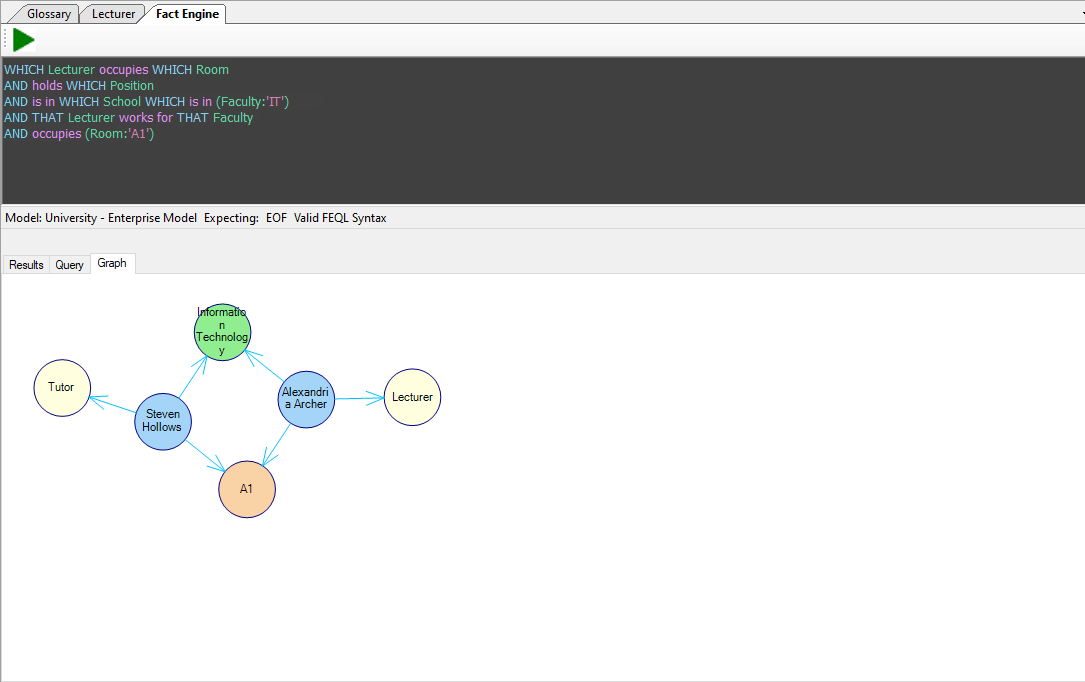5 Business Problems Solved By FactEngine
FactEngine solves 5 business problems when considering a knowledge graph for your organisation. FactEngine lets you:
1. Semantic View over your Semantic Layer:
View business rules and your data model in natural...A Semantic View is much more than a Semantic Layer. Read about it [here];
2. Empowered Stakeholders:
Natural language enterprise modelling in business language is known to empower stakeholders and streamline communication.
Your data lake becomes a semantic knowledge graph;
3. Poly-modelling:
Business Rules & Enterprise Model how you want to see it...as a semantic model, object-role/fact-based model, knowledge graph or relational model;
4. Data/Business Vault from the enterprise model:
Generate programming code and/or Database Definition Language (DDL) from your conceptual model;
5. Multi-database access:
Work with multiple data lakes/databases that comprise your knowledge graph. Minimise the number of databases you work with;
6. Natural language semantic graph queries.
Work with multiple query languages;
1. Business Rules in Natural Language
With FactEngine your analysts capture and work with business rules in natural language.
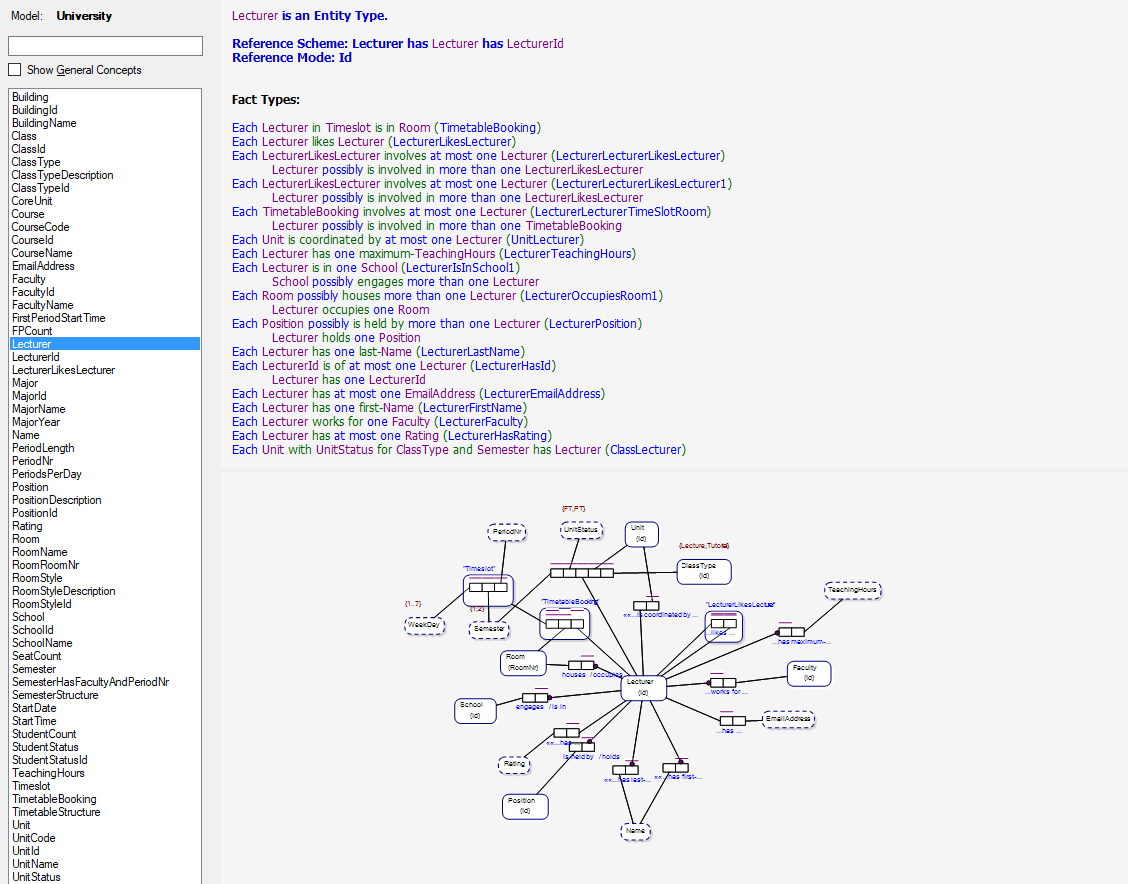
2. Viewing the same model different ways
FactEngine's unique technology allows you to view your enterprise model as a Property Graph Schema, an Entity Relationship Diagram or an Object-Role Model.
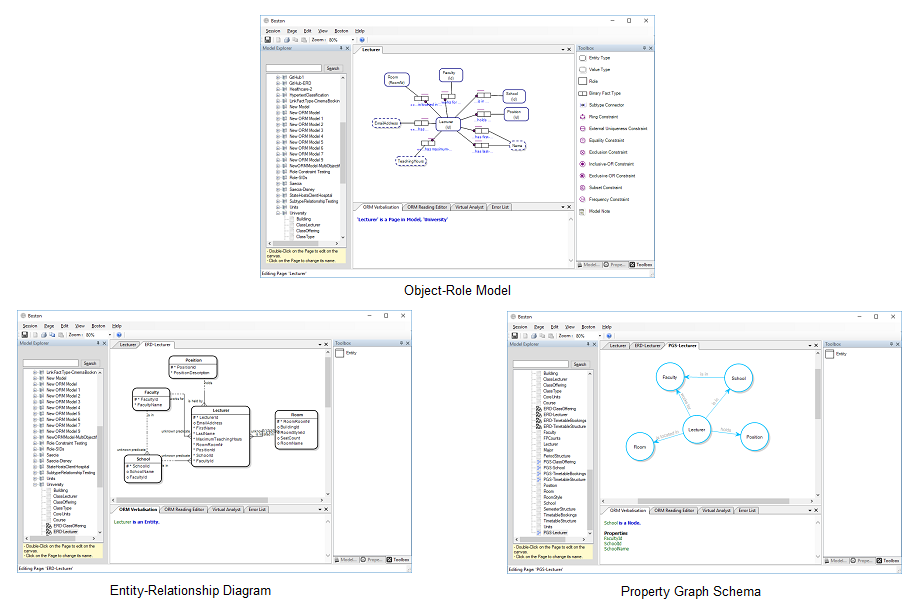
3. Creating the database from the enterprise model
FactEngine's code and database definition generator lets you export your enterprise model in the database definition language you need to create your database/s. Use the code generator to generate software code to use over your database/s.
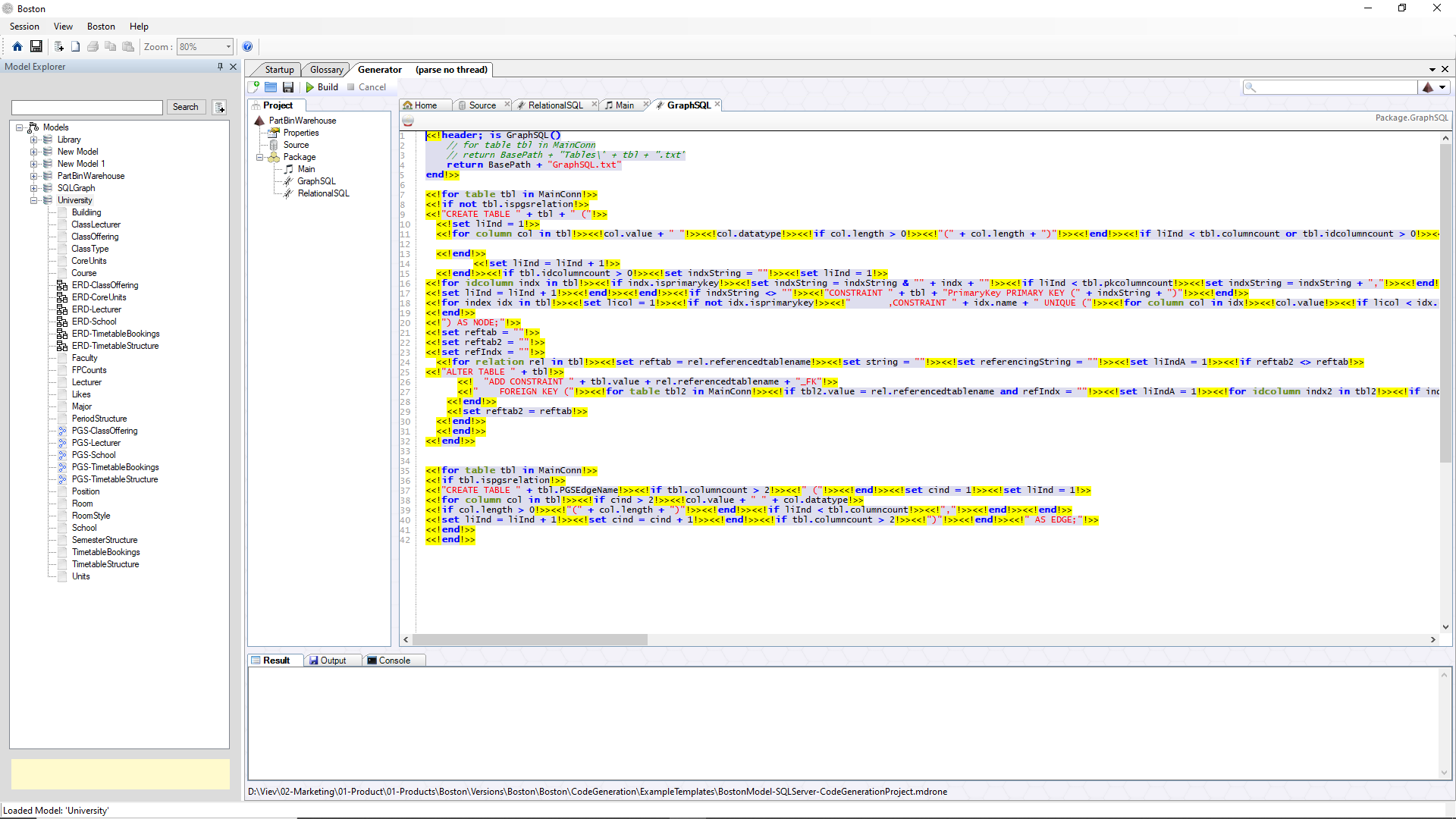
4. Working with multiple databases
FactEngine lets you work with multiple enterprise models within the one environment, regardless of the target database type. This significantly reduces cost overhead of maintaining multiple applications or cloud based environments.
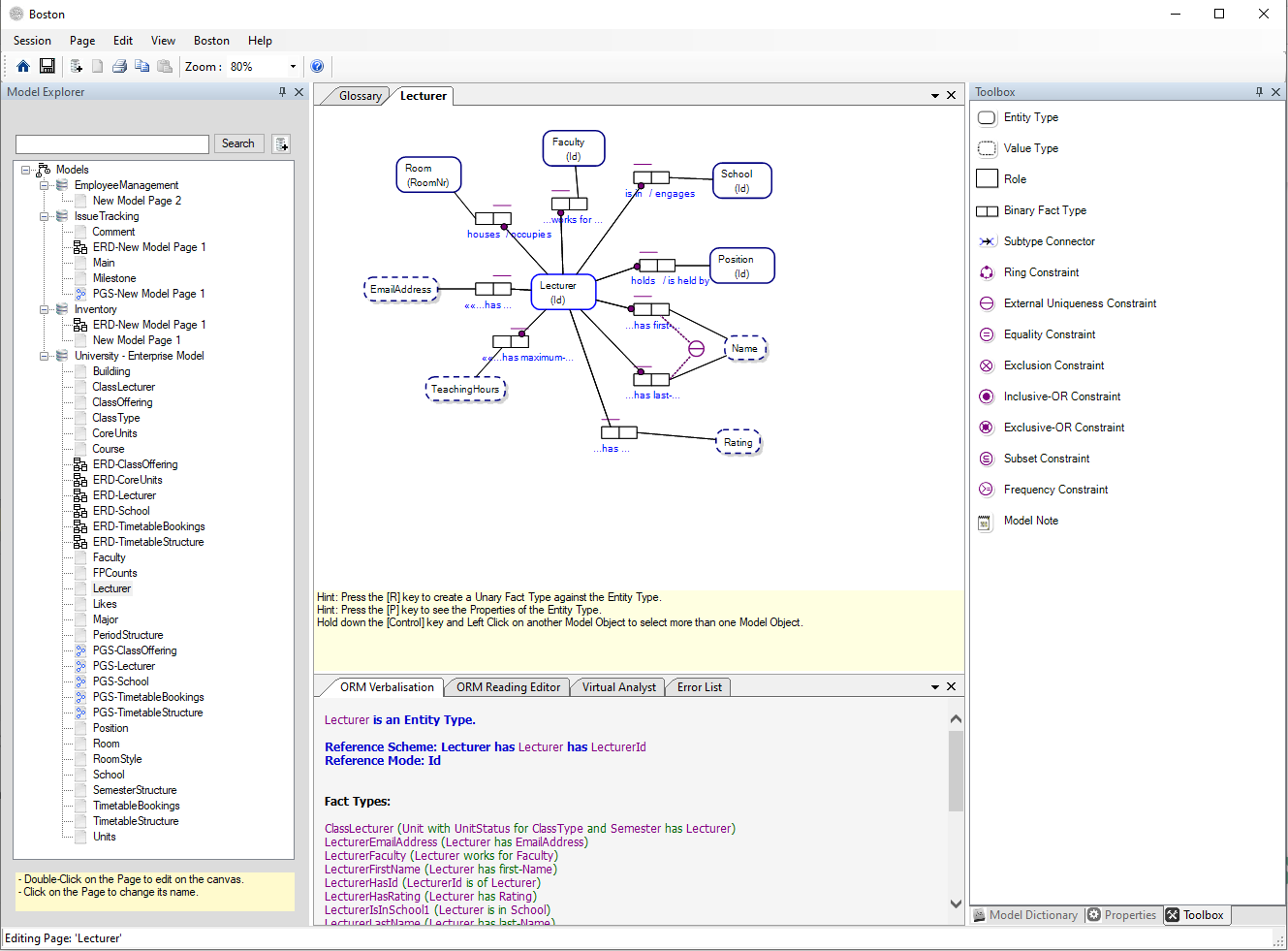
5. Working with multiple query languages...now reduced to one
Perform graph queries and analytics over your databases in one simple language....natural language.
